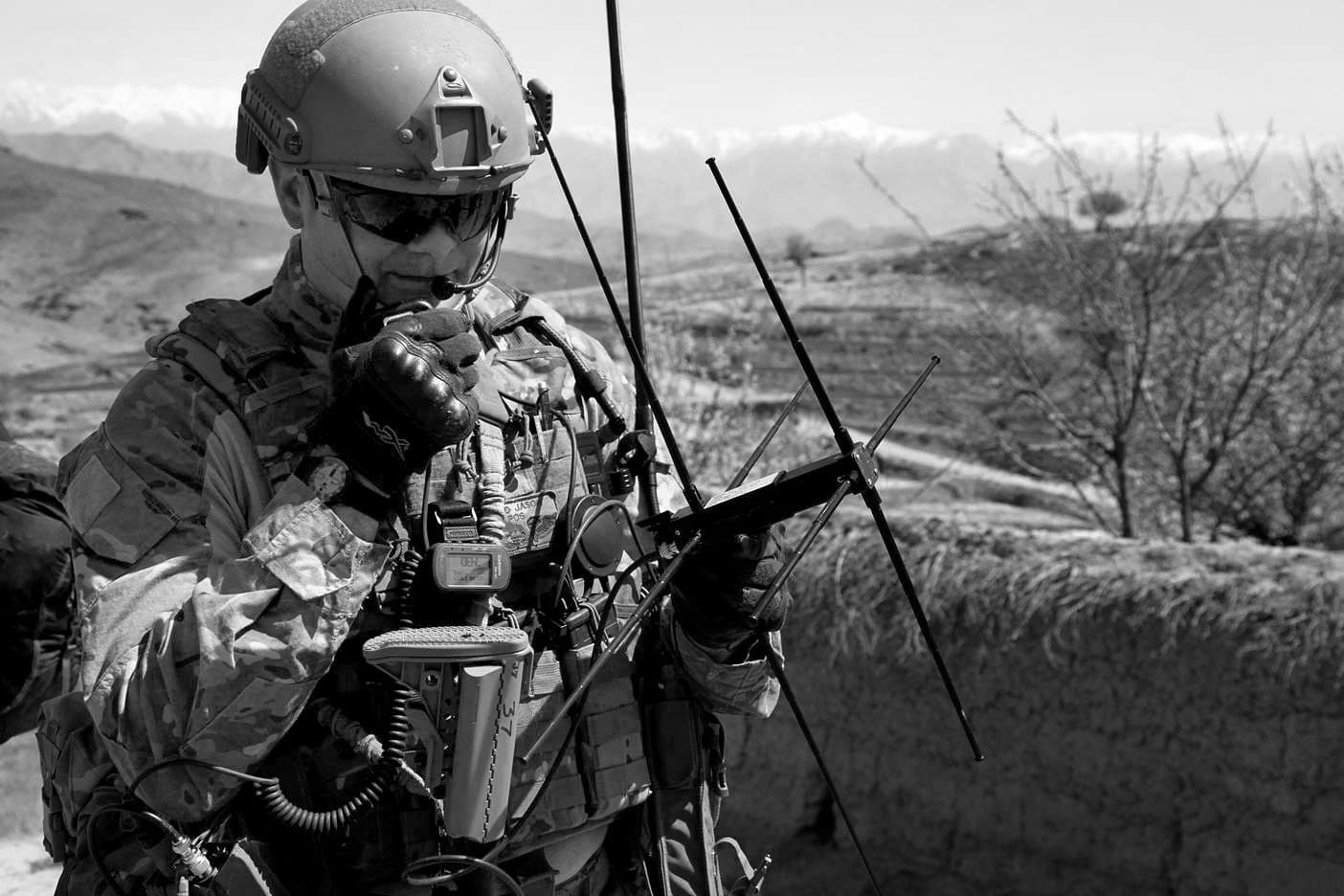Military exercises are an excellent means to test tactics and provide training opportunities for troops. You are probably already training your tactics, weapons, and strategy. However, you will miss your goals if there is weak battlefield communication with your allies. Here are five reasons why you should test coalition communications.
A Communication Lesson From The Front Lines of Afghanistan
You might wonder if addressing poor communication is genuinely a priority matter. You have limited resources and need to make smart decisions about how you allocate your training resources. Improving communication is one of the best ways to increase performance and lower casualties. Let’s revisit an unfortunate incident from Afghanistan to find out the cost of poor communication.
In 2014, a coalition military operation was planned in Afghanistan. This was a fairly sophisticated operation involving multiple participants: the US air force, US troops on the ground, and Afghan soldiers all acting as a coalition. Carrying out an accurate airstrike is difficult in ideal conditions. Completing such an operation when your people are nearby is even more difficult. Unfortunately, this 2014 operation had poor communication. The cost according to PBS was high:
Avoidable miscommunication between U.S. air and ground forces led to a “friendly fire” incident in Afghanistan that killed five U.S. soldiers and one Afghan in June, according to a military investigation report.
The investigation found that there were multiple communication failures. The aircrew failed to verify the positions of friendly forces in the area. Ground forces failed to effectively communicate with the aircrew. Even worse, there were technology problems: “the B-1 bomber’s targeting gear is incapable of detecting friendly marking devices of the type used by U.S. ground forces.”
While we can’t say for sure, it is likely that improved communication habits and practices could have prevented or reduced the impact of the situation.
1) Emphasize How Communications Influences The Success and Failure Of All Coalition Operations
Soldiers routinely carry out training exercises to test their skills in hostile environments like deserts and jungles. These exercises help to build skills, confidence, and find areas for improvement. To emphasize the message, point out the actual and potential damage that results from poor communications.
We recommend defining communications broadly to encompass the following dimensions:
- Communications Equipment. You are probably so used to your field radios, telephones, and other equipment that you forget that other countries and organizations will have different arrangements. It pays to check the details on equipment such as range capabilities, frequencies, and specific model numbers.
- Communications Infrastructure. What are the personnel and systems you and your coalition partners use? If you have fully or partially separate systems, what methods will you use to coordinate your systems.
- Communications Security. Compare and contrast your security habits with your coalition partners. For example, when and how do you use multi-factor authentication?
- Language Skills. In coalition operations, you are likely to be working with people who use a different language. Therefore, you need to consider language capabilities in some depth (e.g., oral skills vs written skills).
2) Identify Communication Failures With Minimal Impact
In coalition operations, you face significantly higher operational complexities and risks. You are bringing together people from different areas who may not have experience working together. They will have different priorities and tactical traditions. In that context, you owe to your people to take every reasonable step to reduce risk.
By proactively testing communications in an exercise, you will reduce the odds of friendly fire errors, delays, and other communication-related problems. You can’t control the weather or the actions of enemy forces, but you can communicate more reliably with your coalition partners.
3) Evaluate New Communication Systems
A live tactical operation is a terrible time to experiment with new technology, especially in communications. By carrying out a test when there is low risk, you will be able to find problems more quickly. For example, you may find out that your existing systems cannot support the data produced by multiple drones.
4) Test Your Communications With An Anti-Jamming Exercise
So far, we have emphasized the operational performance and coordination aspects of coalition communications. There is another dimension to consider: the impact of jamming or other forms of communications disruptions.
To address this threat, consider the anti-jamming exercise conducted by the U.S. Department of Homeland Security (DHS) in 2016. The first step in managing such a disruption is recognition:
“In a jamming environment, emergency response or law enforcement mission may be compromised by the lack or unreliability of communications, and they may not realize there is a problem.”
By the way, stopping a jamming device doesn’t have to require bullets or other weapons. The DHS points out a safe and simple alternative: “One of the tactics that DHS S&T validated at JamX 17 to destroy jammers is covering it with a Mylar emergency blanket – something most responders have in the back of their car. This is an easy and effective way to disable the jammer quickly without touching it directly.”
Fortunately, jamming risk is relatively low in a law enforcement situation because many countries have laws and regulations restricting or banning the use of such devices. However, we cannot assume that anti-jamming technologies will never be used simply because they are illegal.
5) Verify Your Communication Security Practices
While many organizations share similar principles for communications security, operational details usually vary considerably. For example, does your organization permit the use of Bluetooth devices for tactical communications? Detecting these communication security differences in a low stakes exercise is the best way to proceed.
Do your tactical communications meet the toughest standards?
What You Need To Do Next To Improve Coalition Communication
We live in a world of plentiful, ever-improving communications. That’s one of the great blessings of our time. However, you cannot become complacent by assuming that your coalition partners have the same equipment, skills or policies as you. If you fail to regularly test and improve coalition communications, you face an increased likelihood of friendly fire and similar scenarios. Your next step is to choose your most significant coalition partner and reach out to them to schedule a communications exercise.














